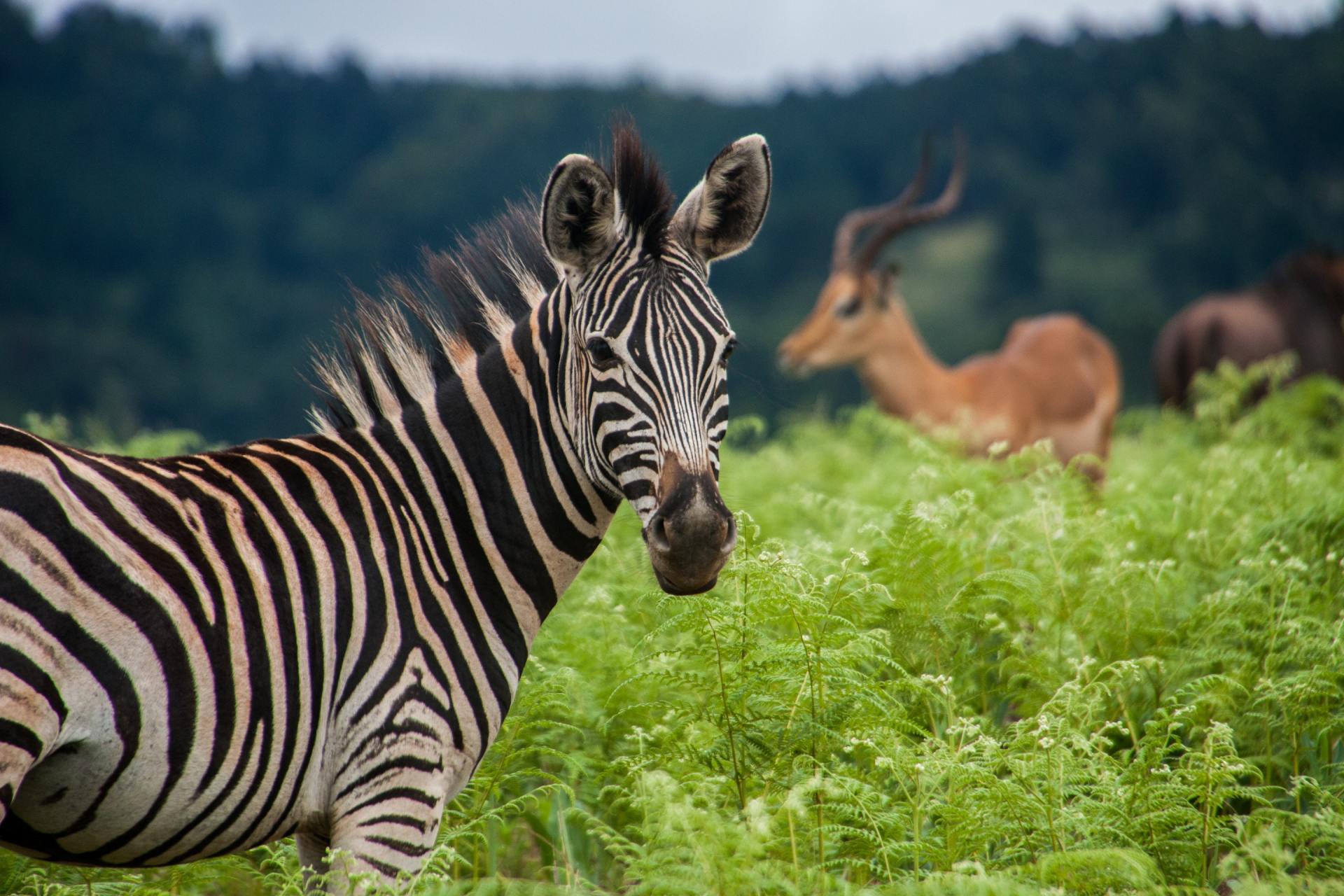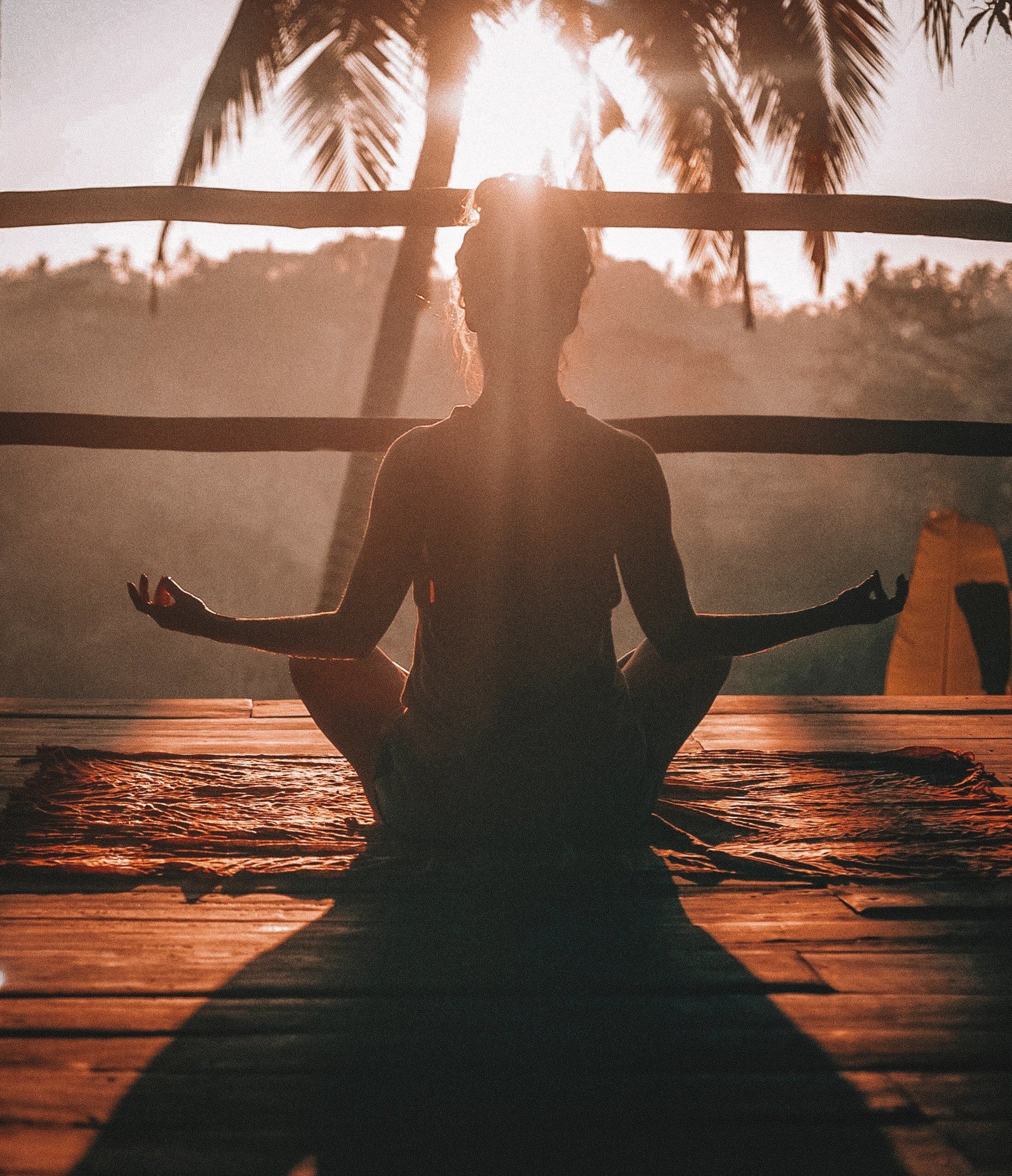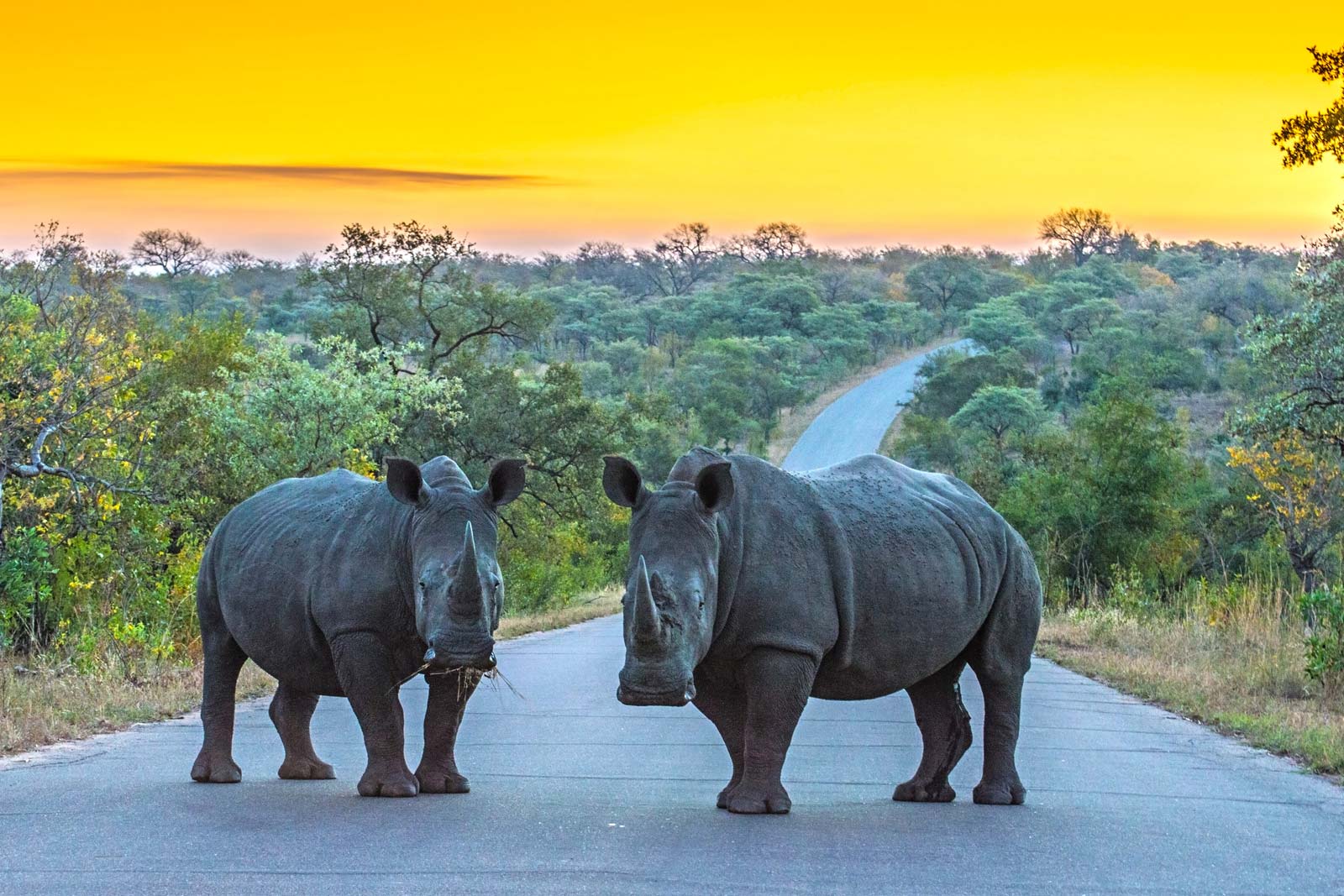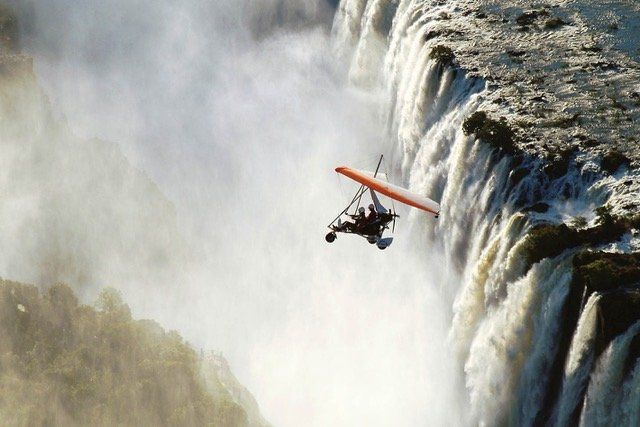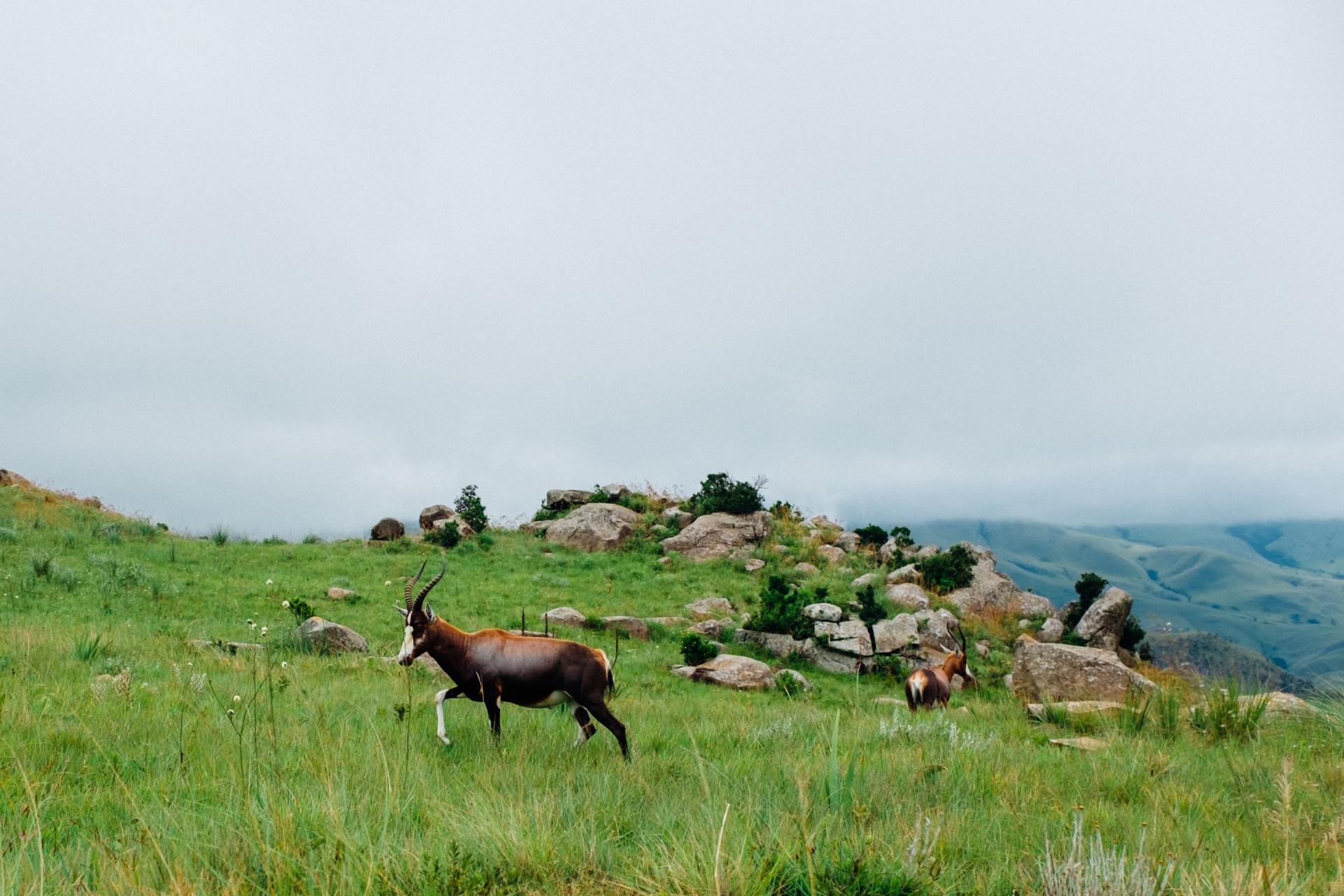Winter (June to September)
Winter is one of our favourite times to go to Swaziland. As with much of Southern Africa, this is the dry season, resulting in blue skies, comfortable temperatures and no humidity. Since Swaziland is an adventure destination, perfect for hiking, rafting, mountain biking, caving and so forth, winter offers the best conditions for all these activities.
The winter months are also the best game-viewing months in all of eSwatini’s beautiful national reserves. The only downside to this season could be frequent dry-season bushfires, which while unthreatening, produce a dusty haze that is not conducive to landscape photography.
Spring (September to November) and Autumn (March to May)
The transition months are some of the most beautiful and underrated times to visit Swaziland, both in terms of weather and activities. Daytime temperatures are far milder than in summer, and the humidity is much lower. Animals will be a lot more active than in summer making game-viewing a lot more exciting.
If you wish to witness eSwatini’s most impressive and authentic festival, the Umhlanga Reed Dance, we recommend travelling late August or early September. Alternatively, don’t miss the King’s birthday in April, a colourful and exciting national holiday.
Summer (December to February)
Summer is our least favourite season to visit Swaziland purely due to the heat and humidity. Swaziland enjoys a subtropical climate, with hot and humid summers and temperatures routinely reaching over 40ºC / 105ºF. This season also brings violent electrical storms, usually in the late afternoon, when cataclysmic flashes light up the landscape. While extremely impressive, it can limit your enjoyment when on walks or hikes and lightning strikes can cause problems.
The rainstorms will also transform dirt roads to unmanageable torrents in minutes and turn city streets into rivers, as the plumbing struggles to keep up with the downpours. Heavy downpours also have an impact on white-water rafting and caving, leaving some rivers too swollen to navigate safely.
For photographers, however, there is no doubt that the rainy season brings the best light, with lush foregrounds and dramatic skies. It is also a time of many festivals, such as the sacred Incwala Ceremony in January or the Marula Festival in February.




